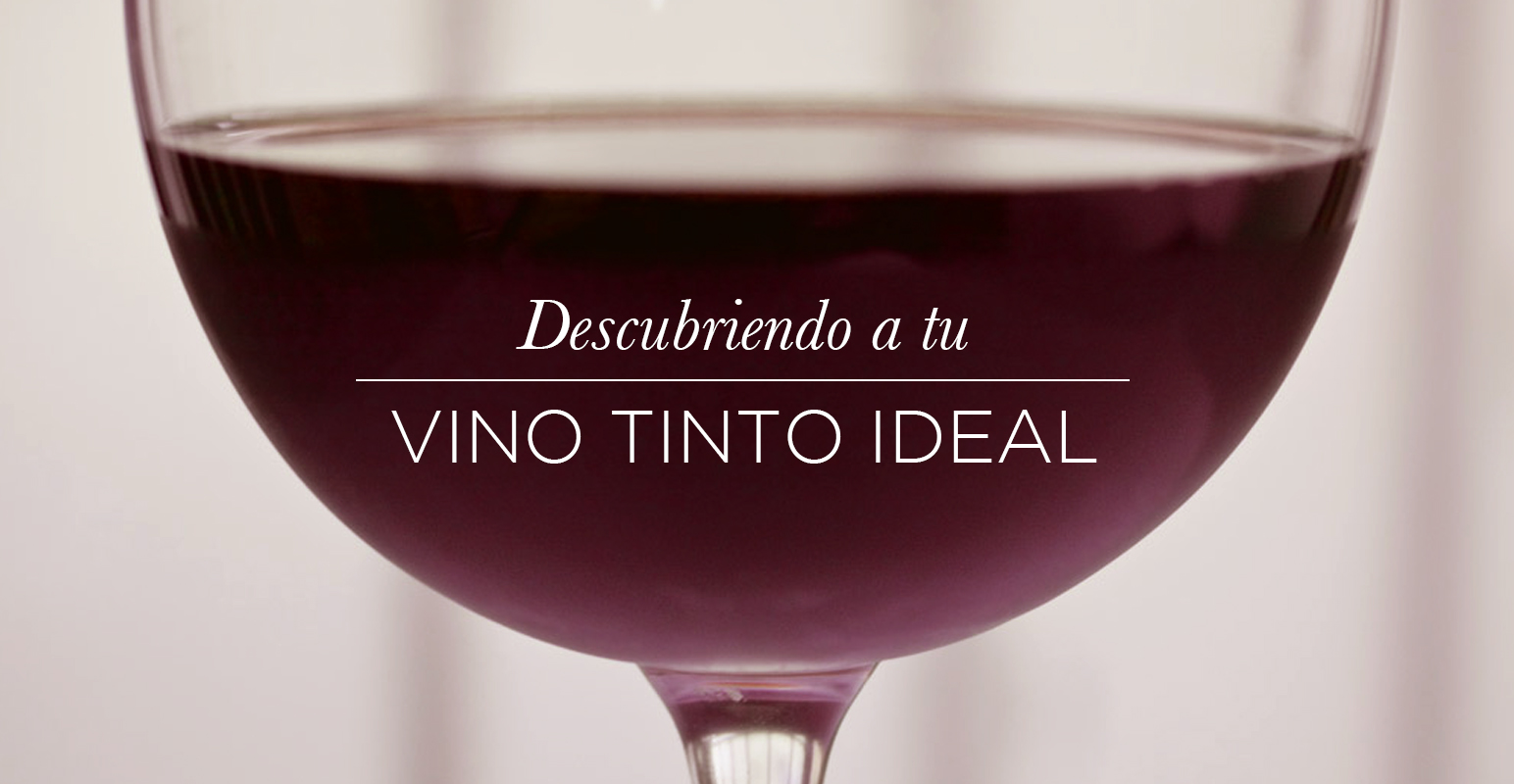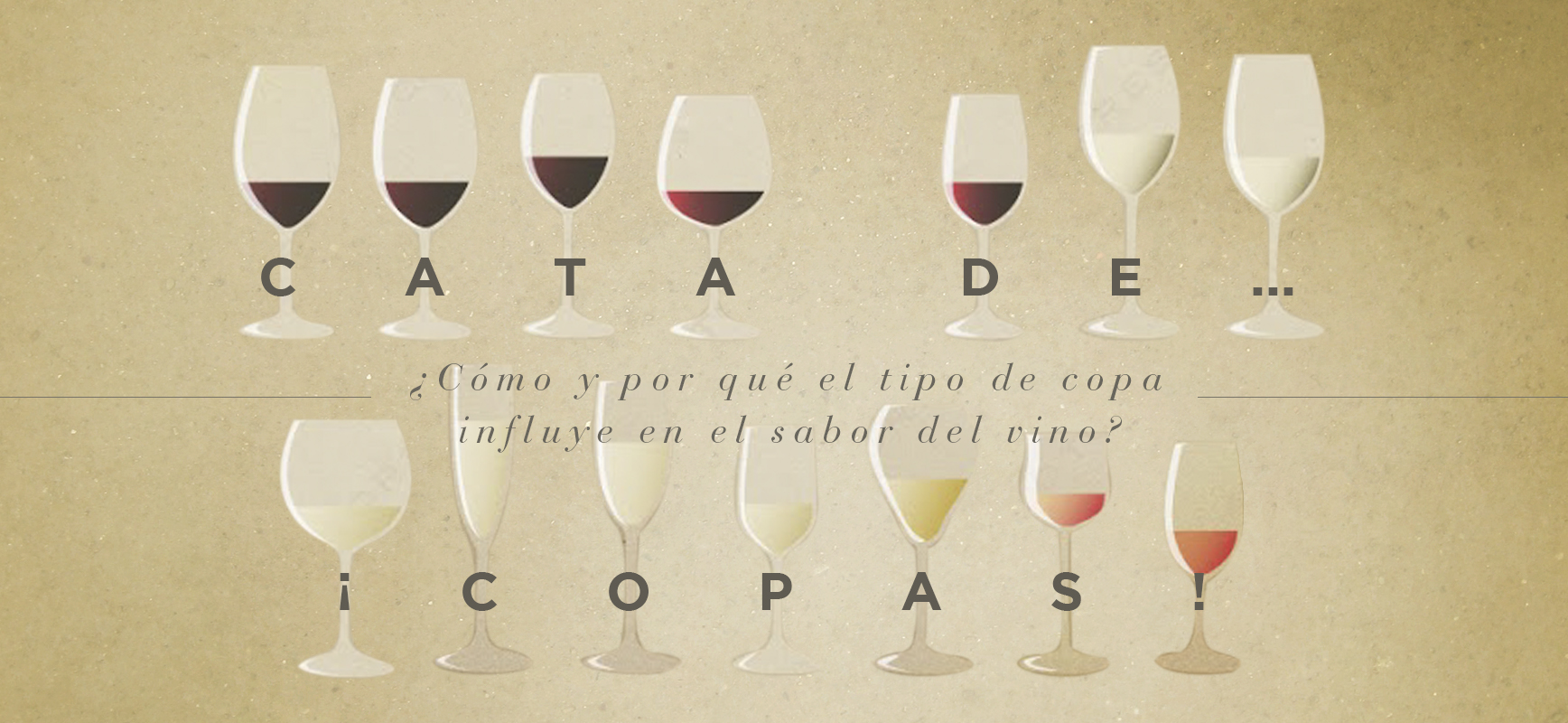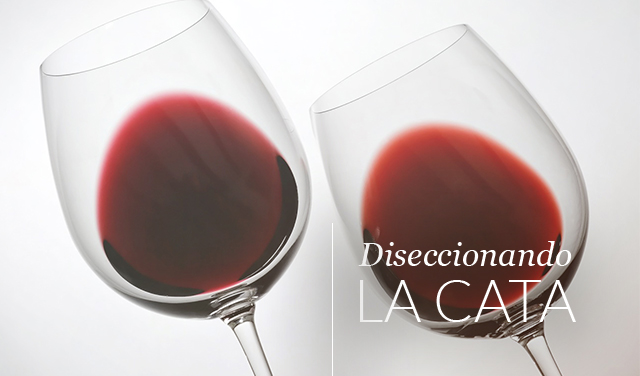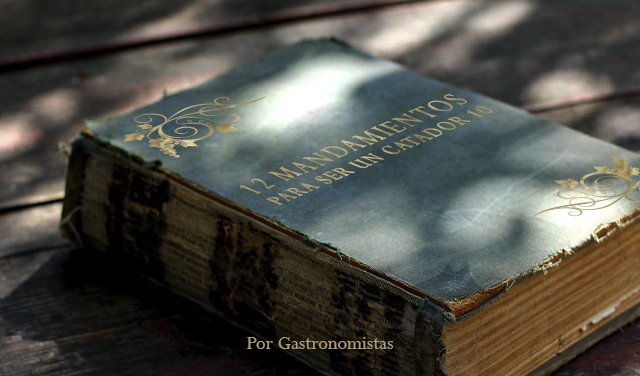AN EYE FOR WINE
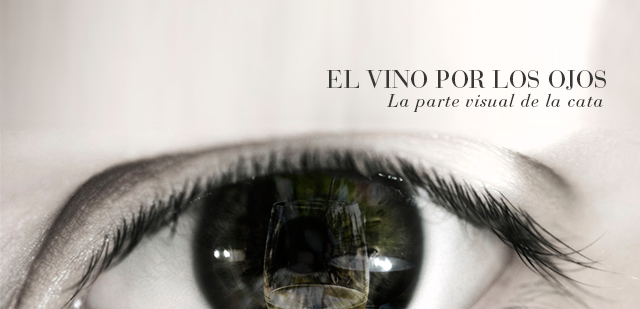
How do we visually judge a wine in a tasting? What information does a wine's appearance provide? Which colours indicate evolution in white wines? And in reds?
Clarity. Intensity. Colour. When talking about wine from a hedonist point of view, it's true that the appearance provides merely a minimal amount of the pleasure compared with the wine's flavour and aroma.
Nevertheless, when tasting a wine it's useful to analyse its appearance, principally to determine whether there are any defects.
Its intensity and colour also provide us with clues as to the wine's identity, particularly its age. Is it a young, easy-drinking wine to go with some simple tapas? Or rather an aged red that should be placed on the table in the company of good quality meat?
Let's take a look at the components of the visual aspect of wine tasting.
What do we focus on?
1.CLARITY
We say a wine is "clear" or "clean" when rays of light are hardly distorted as they pass through the glass.
A wine's clarity or opacity can signal the presence of imperfections and an excessively turbid wine with a high percentage of particles in suspension could indicate a defect.
However, it should also be noted that almost all wines have traces of particles in suspension, especially those that are non-filtered. Consequently only a very high percentage of such particles suggests there may be a problem, which can be confirmed (or rejected) during the olfactory stage or in the mouth.
[[{"fid":"8199","view_mode":"default","type":"media","link_text":null,"attributes":{"height":1868,"width":1636,"style":"height: 571px; width: 500px;","class":"media-element file-default"}}]]
2. INTENSITY
Intensity is essentially the quantity of colour. To detect the degree of intensity, the glass is tilted at an angle of about 45 degrees over a white background (such as a sheet of paper).
You should then examine how the wine's colour spreads throughout the glass, from the centre (the deepest part) to the rim (the shallowest and closest to the edge).
The intensity of a wine doesn't just tell its possible age but also provides clues as to the grape variety. Remember that some varieties contribute a great deal of colour to a wine, such as Cabernet Sauvignon, while others are much more timid, for example Pinot Noir.
[[{"fid":"8200","view_mode":"default","type":"media","link_text":null,"attributes":{"height":1792,"width":3264,"style":"height: 275px; width: 500px;","class":"media-element file-default"}}]]
3. COLOUR
Most importantly, the colour of a wine has nothing to do with its intensity. Nevertheless the concentration of colour also alters with the depth of the liquid.
White and rosé wines tend to be pale, almost transparent at the rim, so to get a better idea of the colour of a white wine we need to look at the surface of the glass, where more liquid is concentrated, in the centre.
Many red wines, on the other hand, have such depth of colour they're opaque in the middle of the glass and we need to look at the rim to discern more distinctly the degree of pigmentation and concentration of colour in the wine.
THE COLOURS OF WINE
Green-yellow-orange-brown: these are the basic colours of white wine, used as a base to build up a whole spectrum of tones and descriptions that range from an almost transparent green or straw yellow for younger whites to gold for older wines and brown/amber for very old or apparently oxidised wines.
[[{"fid":"8201","view_mode":"default","type":"media","link_text":null,"attributes":{"height":300,"width":646,"style":"height: 232px; width: 500px;","class":"media-element file-default"}}]]
Blue-red-orange-brown: descriptions for red wines are based on these four colours. Blue, violet, purple and deep red tones (ruby, cherry) indicate a young wine and duller reds (maroon) maturity, while tones ranging from orange to brown are a sign of age and/or oxidation.
[[{"fid":"8202","view_mode":"default","type":"media","link_text":null,"attributes":{"height":320,"width":743,"style":"height: 215px; width: 500px;","class":"media-element file-default"}}]]
[[{"fid":"8205","view_mode":"default","type":"media","link_text":null,"attributes":{"height":1648,"width":2592,"style":"height: 318px; width: 500px;","class":"media-element file-default"}}]]
In short, and by way of example, during a tasting of a recent vintage of Cabernet Sauvignon, its appearance could be described as follows:
“A clean wine without any apparent defect. Deep purple in colour with great intensity…”
It's that simple.
The upcoming articles, Nose and Mouth, will complete the trilogy of the different parts to a wine tasting and then we'll be able to rule the world (of wine, naturally).
In the meantime… more wine, please!
Rafa Moreno

